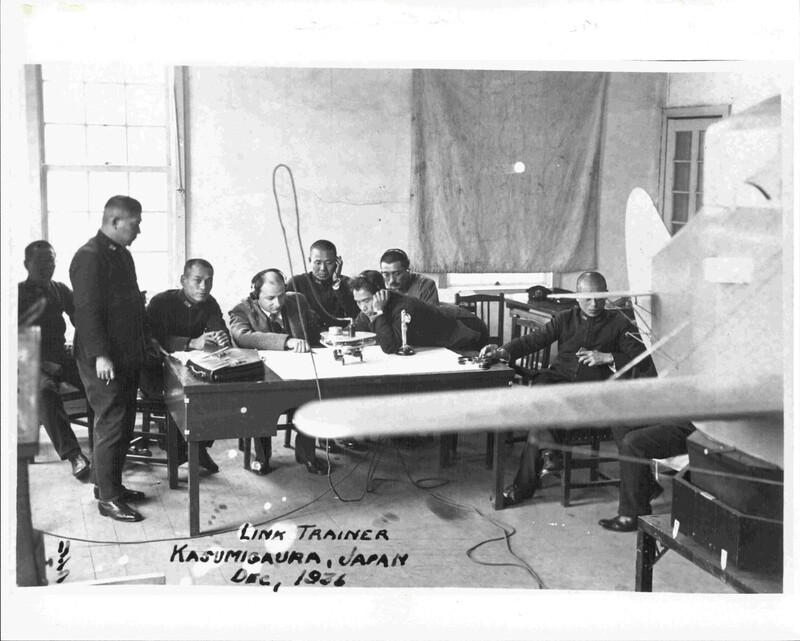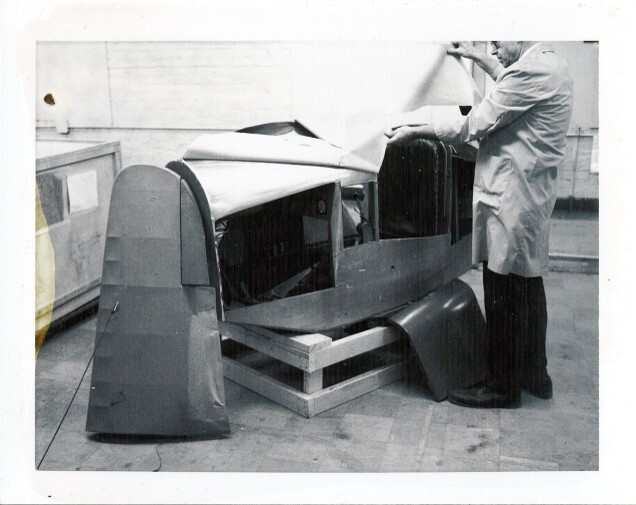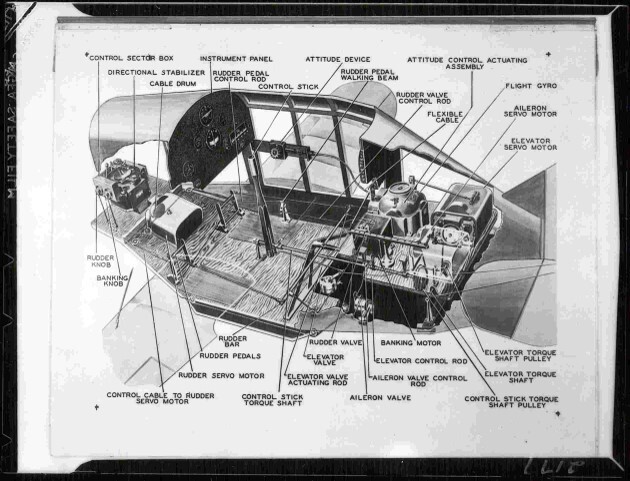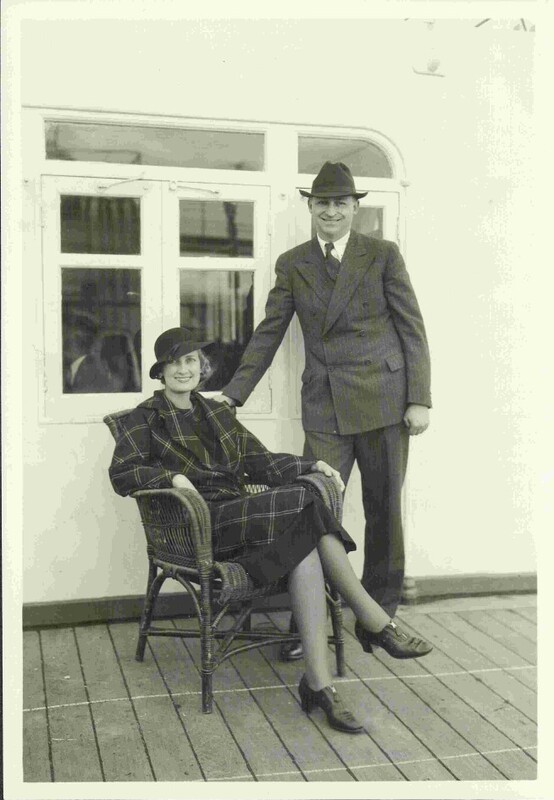The Blue Box
Even before the Great Depression blanketed the country, any interest in piloting and commercial flight was often tempered by the fact that lessons were both expensive and dangerous. Ed Link knew that there had to be a safer, more accessible way to teach young pilots how to fly without throwing them straight into a cockpit with no training.
His solution was the "blue box" simulator.
After nearly 18 months of tinkering, this early Link Trainer, nicknamed the "blue box" for it's outward appearance, used the organ bellows Link was so familiar with to mimic the movements of a plane. The Depression had placed the newly formed Link Aeronautical Corp. under great financial strain. Despite its intended use to train pilots, Link had difficulty selling the trainer to anyone other than amusement parks.
It wasn't until 1934 that the Trainer finally caught the attention of the U.S. Army Air Corps. Link demonstrated the power of the simulator to Air Corps representatives by safely navigating his plane in dark, rainy weather. When Link landed his plane smoothly on the tarmac, the United States military immediately placed their first order for six Link Trainers. The Soviet Union, England, and Japan would soon submit their own requests for trainers, securing the future of Link Aviation Devices.
 Above: The U.S. government arranged for Ed and Marion to travel to Japan in 1936 to demonstrate the Link Trainer. The photo album from their trip can be viewed in the physical exhibit at Binghamton University Libraries, which includes a note about missing photos that were taken by the U.S. Navy to investigate Japan's potential military capabilities.
Above: The U.S. government arranged for Ed and Marion to travel to Japan in 1936 to demonstrate the Link Trainer. The photo album from their trip can be viewed in the physical exhibit at Binghamton University Libraries, which includes a note about missing photos that were taken by the U.S. Navy to investigate Japan's potential military capabilities. 



